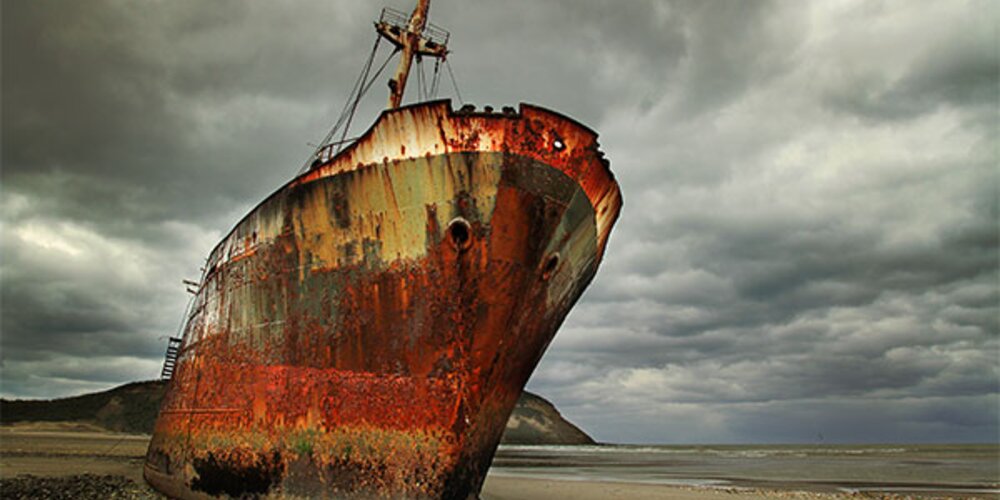Browse our services
Explore how Brookes Bell can help you
Find an expert
Meet our team, find and expert and connect
Contact us
Get in touch, we're here to help

From copper-bottomed warships to towering offshore wind turbines, metallurgy has been shaping the maritime world for centuries. Today, as the shipping industry moves towards cleaner and greener practices, the science of metals is stepping up to new challenges while reminding us of lessons learnt long ago. One such lesson came from HMS Alarm in 1758, a story that still resonates with engineers and metallurgists alike to this day.
Back in the mid-1700s, the Royal Navy decided to clad HMS Alarm in copper to help keep the hull free from marine growth. However, they made a critical error: they fixed the copper sheathing with iron nails. When the ship returned from the Caribbean, it was discovered that the iron had essentially dissolved into a “rusty paste” – the first recorded sign of galvanic corrosion. In simple terms, the direct contact between iron and copper in saltwater set up a tiny battery, causing the iron to corrode away while leaving the copper largely unscathed.
“HMS Alarm taught us that even the smallest mistake in pairing metals can lead to major failures,” explains Ian Moody, Managing Metallurgist at Brookes Bell. “It’s a powerful reminder that understanding how different metals interact is absolutely crucial to any design – then and now.”
Today, the same principles apply to some of our most modern challenges. Offshore wind farms, which are rapidly becoming a key part of the renewable energy landscape, face a harsh marine environment not unlike that which harried HMS Alarm. These structures must endure constant exposure to saltwater, strong winds and shifting temperatures over decades. Yet, even with today’s advanced technology, corrosion remains a formidable adversary.
“We’re finding that even the most robust materials can be vulnerable in these extreme conditions,” says Ian. “Innovative corrosion protection – whether through smart coatings or improved alloy design – is now more important than ever for ensuring these installations last as long as they’re supposed to.”
Engineers and metallurgists are now working hand in hand to tackle these issues head on. Techniques such as cathodic protection, the use of sacrificial anodes, and advanced non-destructive testing are being refined to keep the materials in peak condition. The goal is clear: to prevent the kind of costly, and sometimes dangerous, failures that can disrupt operations and compromise safety.
The push for a greener maritime industry isn’t just about new fuels and streamlined designs – it’s also about ensuring that the very building blocks of our ships are up to the task. As the industry explores alternatives like ammonia and hydrogen, challenges linked to these new materials emerge. For example, while ammonia offers a path to zero-carbon emissions, it can make certain steels more susceptible to stress corrosion cracking. This means that selecting the right materials and applying smart metallurgical solutions is more important than ever.
“Metallurgy is at the heart of our efforts to make maritime operations more sustainable,” Ian reflects. “Whether it’s creating new alloys that can handle alternative fuels or developing coatings that actively fight corrosion, our work is central to building a safer and greener future at sea.”
It’s a field that combines science, art and a good dose of old-fashioned problem solving. The lessons learnt from HMS Alarm have evolved into modern strategies that help us design ships and offshore structures capable of withstanding the test of time. From the first recorded instance of galvanic corrosion to today’s cutting-edge renewable energy projects, the art of metallurgy continues to play a vital role in our maritime journey.
As we look to the future, the commitment to understanding and improving metal behaviour remains as strong as ever. By blending time-honoured techniques with innovative technology, Brookes Bell’s metallurgists are helping to steer the shipping industry towards a future where safety, efficiency and sustainability are closer linked than ever before.